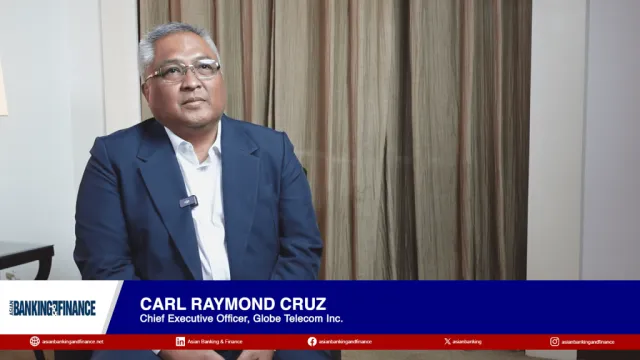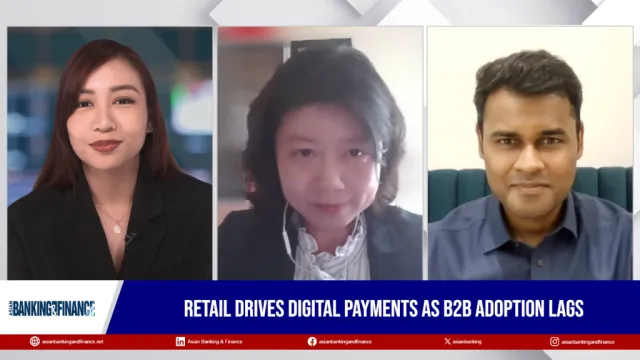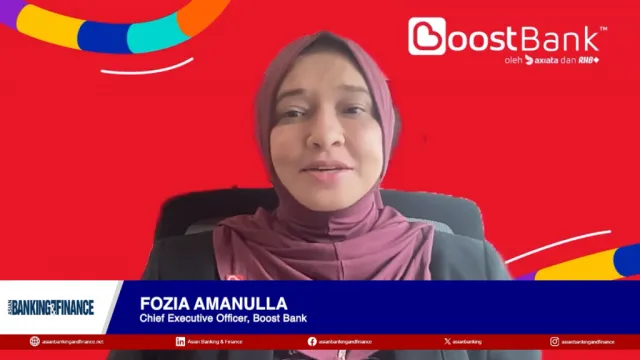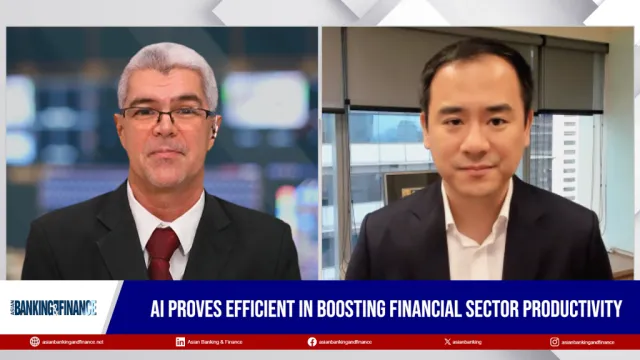
SMEs embrace flexible payments as consumers seek digital options
This is accompanied by the rise of biometrics to safeguard accounts.
Emerging payments are, well, emerging as a force in the payments sector—and even small and medium enterprises (SMEs) are forgoing the cold hard cash in favour of e-wallets and flexible payment options in order to accommodate their cash-strapped customers.
Mastercard’s New Payments Index 2021 found that over nine in 10 (94%) of people in APAC were considering using at least one emerging payment method such as cryptocurrency, biometrics, contactless, or QR code last year. And SMEs are adapting to these needs: in Singapore, 34% of small businesses intend to move towards using non-cash options for payments, Mastercard’s separate Impact Study for SMEs 2021 found.
“We’re seeing higher interest and adoption of flexible payments options amongst merchants, especially among SMEs,” Safdar Khan, Division President, Southeast Asia for Mastercard, told Asian Banking & Finance. He added that SMEs are especially showing enthusiasm for Buy Now Pay Later (BNPL) products. “We found that interest is especially high in India and Singapore, where 77% and 80% of consumers expressed interest in using an installment product specifically created for small businesses.”
Even prior to the pandemic, consumers have already been seeking alternative payment methods in large part thanks to the rise of online shopping. In Southeast Asia, IDC predicts that e-commerce spending will more than double by 2025 to reach US$179.8b. Of this, 91% will be paid via digital payments.
“As more businesses moved online, consumers explored new ways to shop and pay. [And] as governments continue to drive cashless agendas involving both public and private sectors to ensure that a switch to a cashless society is as smooth and gradual as it needs to be, businesses that can provide multiple ways to shop and pay will be able to successfully meet new demands and challenges,” Khan added.
ALSO READ: SMEs are the lifeblood of Asia Pacific: Mastercard
Just smile and wave
The rise of online payment options is also pushing up interest amongst consumers on safeguarding their online accounts, but without friction. This has given rise to a new security feature trend: biometrics.
“A key notable consumer trend is biometrics – because consumers want to make payment fuss-free, and as convenient as unlocking their phone,” Khan noted.
Indeed, Mastercard’s survey found that over six in 10 or 62% of respondents from APAC said they would feel safer using biometrics to verify a purchase than entering a pin.
Almost the same percentage of APAC consumer respondents (64%) indicated excitement about the potential of biometric verification methods.
Stores embedding new biometric verification options in their payment terminals. For example, Mastercard is piloting its Biometric Checkout Program, which allows shoppers to pay with just a smile or a wave of their hand.
“No more fumbling for their phone or digging through their bags for their wallet,” Khan said, adding that “merchants also stand to benefit from faster transaction times and shorter queue lines to greater hygiene and heightened security.”
Whilst Mastercard’s biometric checkout program is only available in Brazil for now, with more APAC consumers clamouring for biometric payment options, Khan floated plans to roll-out the service in Asia and the Middle East in the near future.
Installments
Amongst flexible payment methods, installments are once again on the rise, driven by consumers still tightening their boots during the pandemic and the emergence of fast, digital installment services—with BNPL at the forefront.
“Many [consumers] have adopted buy now pay later as a payment method, including for everyday small purchases. Our research shows that 43% of consumers in the Asia Pacific are willing to increase spending by 15% if they were to pay in installments,” Khan said.
ALSO READ: What do SMEs expect from modern payment solutions?
As for concerns about bad loans arising from BNPL, Khan said that companies—and in particular, Mastercard, which is one of the first in the APAC region to debut a BNPL solution in the market—have designed ways to ensure that users can repay their installments.
“Unlike traditional Buy Now, Pay Later payment method, a bank’s cardholder is drawing down on existing credit limit, with no additional credit. This means Mastercard Installments allows consumers to enjoy the flexibility of managing their finances and yet not spend beyond their means,” Khan said.
Another upcoming payment method that may shake up the payments scene in the future is Request to Pay (R2P). Through this, a seller could send via mobile phone a request for the person to make a payment—with payers having the ability to choose how to respond—such as pay in full, pay in part, or request additional time–based on their own income needs.
So far, Mastercard has also only rolled out such a service in the UK, according to Khan.
“[But] with more consumers in Asia demanding flexible payments options and increasing need for digital-first technologies, we’re confident that solutions like Request to Pay will meet new-age consumer needs and, also allow businesses a better way to keep up with how consumers live and work now,” he added.
A Trinity of Challenges
With all these new payment options, and despite enthusiasm for their part, small businesses in Asia still notedly struggle to adopt their consumers’ digital needs.
Khan summed up their key problems into three: reliance on cash; outdated payment options; and lack of access to credit.
Smaller businesses continue to conduct their business operations in cash, and those others may have adapted to digital payments, but are using outdated payment technologies, Khan observed. This largely results from higher costs associated with upgrading payments technologies – something smaller businesses do not want to take on as their resources are tight, Khan said.
These tight monetary resources also make it hard for SMEs to access loans to upgrade their hardware.
“Since they don’t have the accounting capabilities or assets to apply for a line of credit, they are never able to build up a credit rating and afford the digital tools which are needed to adopt flexible payment options,” Khan said.
All is not lost for these businesses, however. The rise of accessible and affordable smartphones, for example, will make it easier for them to have the right tools they need at a low cost.
“SMEs could start collecting payments digitally, by converting their smartphones into low-cost acceptance devices,” Khan said.
He added that payment options like QR codes could be useful for businesses that do deliveries and cannot carry a POS terminal with them.

 Advertise
Advertise



